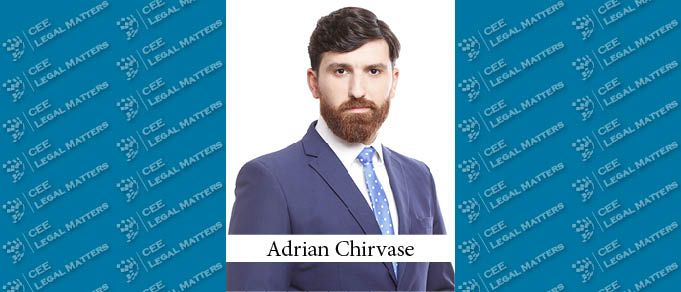At the European Community level there have been numerous regulations related to asset freezing and confiscation, the most recent being Directive 2014/42/EU of the European Parliament and of The Council on the freezing and confiscation of instrumentalities and proceeds of crime in the European Union (the “Directive”).
Most of the texts in the Directive find a corresponding provision in national legislation. In Romania, the relevant provisions are implemented in the Criminal Code and the Criminal Procedure Code. For the few issues that have not yet been implemented, the Romanian legislator has initiated a bill to modify and complete criminal normative acts in order to transpose the Directive, but the legislative proceedings do not seem to advance.
The Directive requires the Member States to establish minimum rules on the freezing of property in criminal matters, and to establish the necessary measures to enable the confiscation of instrumentalities and proceeds or property following a final conviction for a criminal offence, including from convictions obtained in absentia.
The Directive also refers to the possibility of freezing the assets of third parties, meaning that the Member States are required to take the necessary measures to enable the confiscation of proceeds or other property which, directly or indirectly, were transferred by a suspected or accused person to third parties, or which were acquired by third parties from a suspected or accused person, at least if those third parties knew or ought to have known that the purpose of the transfer or acquisition was to avoid confiscation. This actual or implied knowledge must be established on the basis of concrete facts and circumstances, including that the transfer or acquisition was carried out free of charge or in exchange for an amount significantly lower than market value.
The Romanian Criminal Procedure Code already regulates several proceedings that ensure asset freezing by allowing the Prosecutor, the Preliminary Chamber Judge, or the Court to establish a distraint when necessary in order to avoid concealment, destruction, disposal, or dissipation of assets that may be subject to special or extended confiscation or that may serve to secure the penalty by fine enforcement or to pay court fees or to compensate damages caused by the committed offense, regardless of whether targeted at an individual or a company.
A matter worth considering is that the asset freezing may be maintained until the final judgment is pronounced. Since complex criminal investigations may take several years, this can represent a major problem for their subjects.
Moreover, in terms of companies, one of the main issues that may arise relates to the fact that asset freezing may be ordered in respect to assets owned or held by a third party. Consequently, if a company is the subject of a criminal investigation (i.e., one related to money laundering), the assets of its contractual partners may be frozen as the alleged results of the criminal activity. That third party, who may be unaware of the existence of the criminal investigation (or trial), may find it quite difficult to challenge the proceedings, as only a short time is given to do so following the communication of the freezing order, which can make it very hard to obtain the relevant information.
As a result, the length of the asset freezing may be a very significant problem to a company affected by such measures, irrespective of whether that company is the target of a criminal investigation or only a third party.
Summarizing the above, in Romania the risk of asset freezing does not exclude third parties not involved in the perpetration of the crime.
By Adrian Chirvase, Partner, Popescu & Asociatii
This Article was originally published in Issue 6.5 of the CEE Legal Matters Magazine. If you would like to receive a hard copy of the magazine, you can subscribe here.
